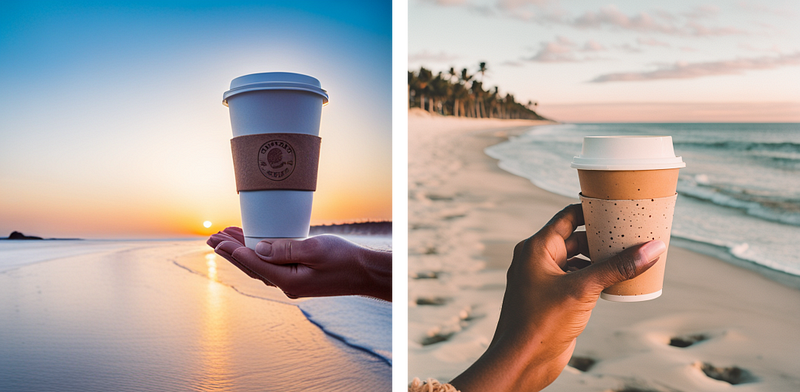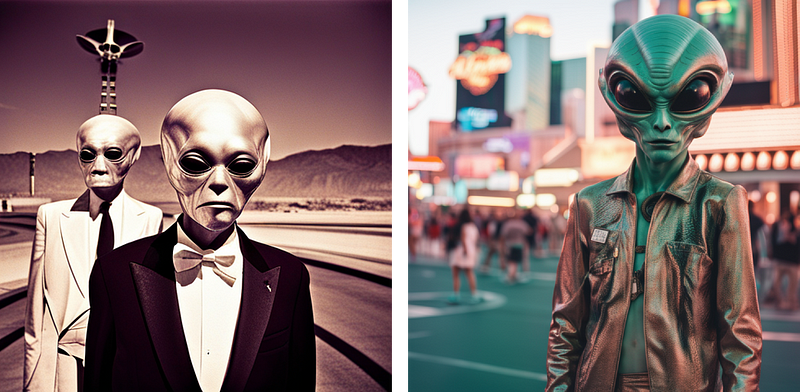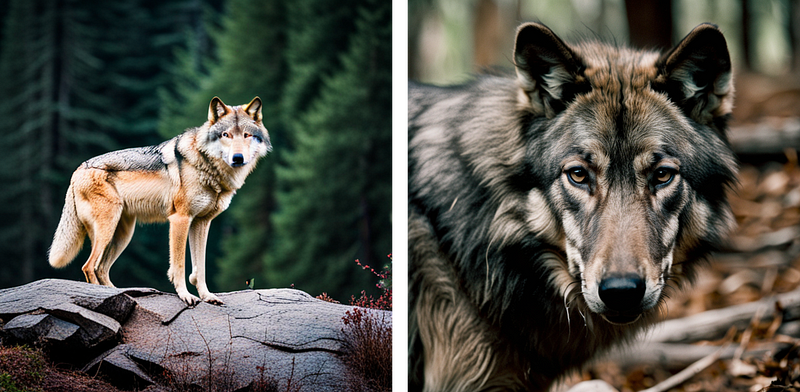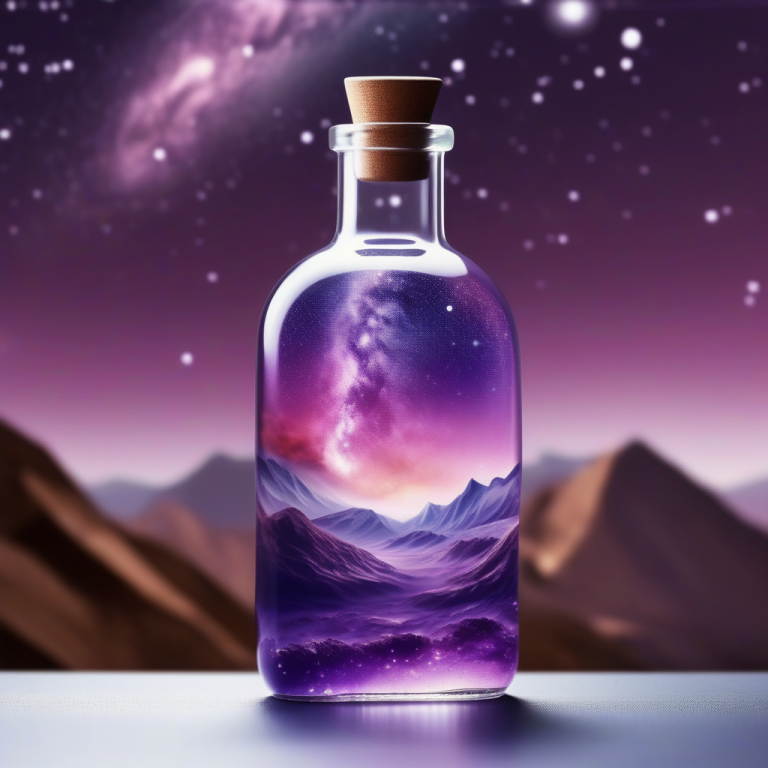Exciting Launch: SDXL 0.9 Marks a New Era in Text-to-Image Tech
Written on
Chapter 1: Introduction to SDXL 0.9
Stability AI has made waves with the release of SDXL 0.9, the newest and most sophisticated update in their suite of models for text-to-image transformation. This version builds on the success of the beta iteration that debuted in April, setting a higher standard by significantly improving image quality and complexity compared to its earlier version.
The model is now available on ClipDrop, and an API launch is expected shortly. Users eager to experiment with the research weights can access them, with a full open release anticipated in mid-July, marking the transition to version 1.0.
Explore the official guide for running SDXL 0.9 locally!
Some sample prompts tested on both SDXL beta and 0.9 illustrate the model's impressive evolution within just two months.

(Left — SDXL Beta, Right — SDXL 0.9)

(Left — SDXL Beta, Right — SDXL 0.9)
What distinguishes SDXL 0.9 is not only its compatibility with contemporary consumer GPUs but also its ability to unlock creative potential in generative AI imagery. This advancement opens doors to numerous applications across various fields, including film, television, music, educational videos, design, and industrial use. With its capacity to create hyper-realistic images, SDXL is set to spearhead the integration of AI imagery into practical use.

(Left — SDXL Beta, Right — SDXL 0.9)
As the line between imagination and reality continues to blur, SDXL 0.9 by Stability AI is paving the way for an unprecedented era of visual storytelling and innovation. Keep an eye out for the remarkable influence this advanced technology will have on the creative landscape.
Chapter 2: Expanding Creative Horizons with SDXL 0.9
The SDXL series transcends basic text prompting, introducing features that redefine the possibilities within generative AI imagery. With SDXL 0.9, users can now delve into image-to-image prompting, inpainting, and outpainting. This allows for the creation of captivating variations from an existing image, the reconstruction of missing elements, or the seamless extension of an image.
Discover how to achieve stunning results with SDXL 0.9!
So, what fuels these advancements in composition? The key lies in the substantial increase in parameter count seen in SDXL 0.9 compared to its beta version. With one of the highest parameter counts among open-source image models, SDXL 0.9 features a 3.5B parameter base model and a 6.6B parameter model ensemble pipeline. This pipeline utilizes two models, merging their outputs to yield the final product. The second-stage model enhances the details of the first stage’s output, resulting in even more realistic and intricate images.
To put this into context, the beta version of SDXL operates on 3.1B parameters and employs a single model, making the jump to 0.9 a significant enhancement. SDXL 0.9 leverages the capabilities of two CLIP models, including one of the largest OpenCLIP models trained to date (OpenCLIP ViT-G/14). This considerable boost in processing power allows SDXL 0.9 to produce realistic visuals with greater depth and a higher resolution of 1024x1024.
For those interested in a deeper dive into the specifications and testing of this model, the SDXL team will soon release a research blog with detailed insights.

Prompt: beautiful scenery nature glass bottle landscape, purple galaxy bottle (SDXL 0.9–1024x1024)
Chapter 3: System Requirements and Community Engagement
Now, let’s discuss the system requirements. Despite its powerful capabilities and advanced structure, SDXL 0.9 can run on modern consumer GPUs. Users need either Windows 10 or 11, or a Linux OS, with 16GB of RAM, and an Nvidia GeForce RTX 20 graphics card (or an equivalent with a higher standard) featuring at least 8GB of VRAM. Linux users can also use a compatible AMD card with 16GB of VRAM.

Prompt: beautiful scenery nature glass bottle landscape, purple galaxy bottle (SDXL 0.9–1024x1024)
Since its beta launch on April 13, SDXL has received immense enthusiasm from the Discord community, which has expanded to nearly 7,000 members. Together, they have produced over 700,000 images, averaging more than 20,000 daily. Furthermore, more than 54,000 images have been submitted to the community’s “Showdowns,” with 3,521 SDXL images earning nominations as winners.
Chapter 4: Availability and Future Prospects
Excitingly, SDXL 0.9 is now available on the Clipdrop by Stability AI platform. Users of the Stability AI API and DreamStudio can access the model starting Monday, June 26th, along with other leading image generation tools like NightCafe. While SDXL 0.9 is initially intended for research purposes, as feedback is gathered and the model is refined, a complete open release is planned for SDXL 1.0 in mid-July. Researchers interested in accessing these models can apply through the provided link using their academic email on the HuggingFace Account. Please note that at this time, SDXL 0.9 is solely meant for research use.
Stay tuned for the exciting developments as we approach the highly anticipated release of SDXL 1.0 in the coming weeks.